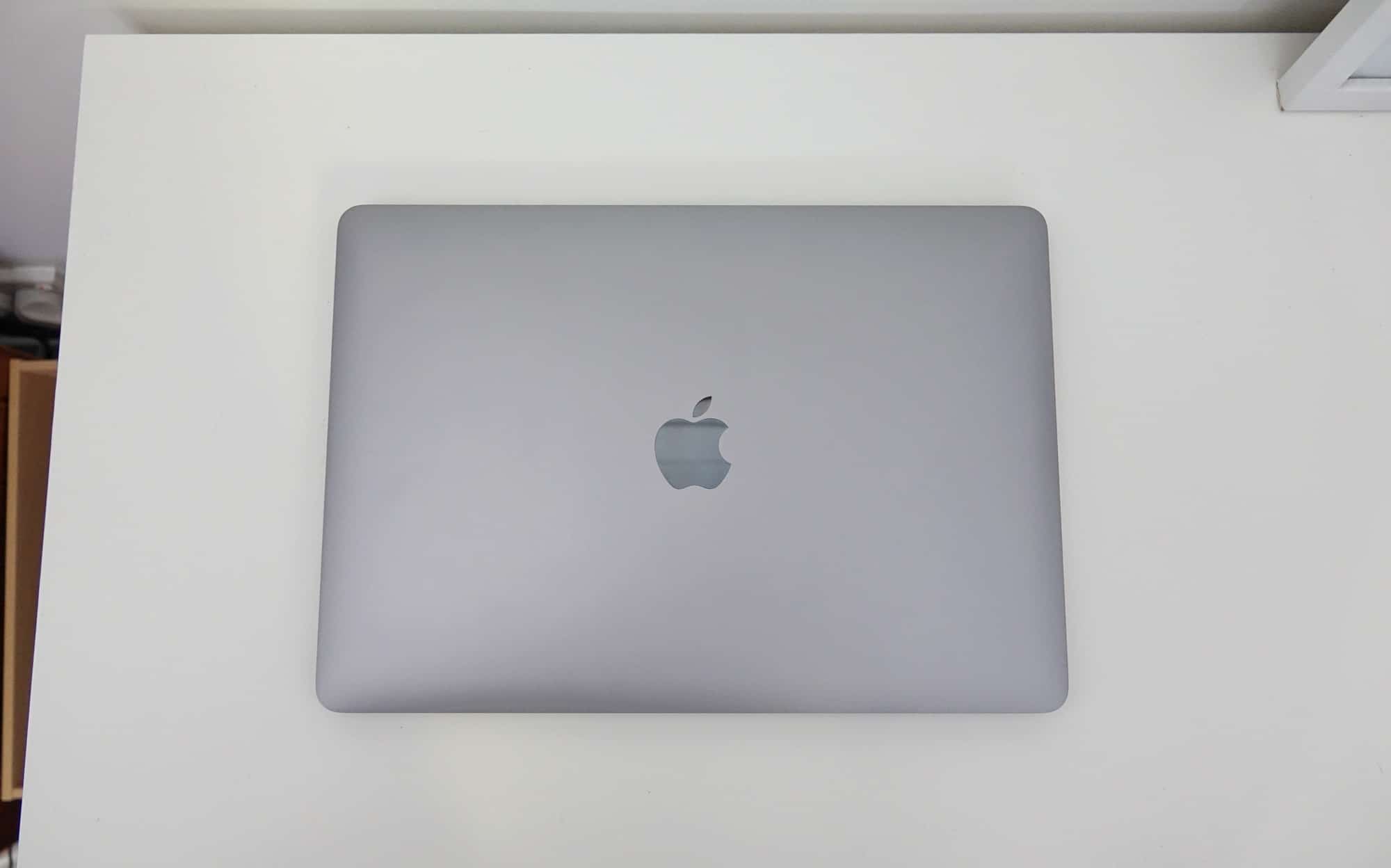Those shiny new Macs with the shiny new Apple Silicon processor are gradually getting apps made for them, and some of them are even leaving beta.
It takes time for software to support all the new features rolled out to new hardware, and that’s no more true when you’re talking about an entirely new chip. It’s still a surprise that Apple managed to get as much working as well with its new machines when they launched at the end of the last year, given the Apple Silicon M1 was built from a similar concept as the iPhone and iPad chips, but Rosetta 2’s emulation isn’t perfect.
However when software makers take advantage of what the new Mac chips can do, they tend to be faster. While you could have run Google Chrome on the Rosetta 2 emulation out of the box, when it rolled out in a proper Mac M1 edition, it was faster than before, and the same could be said about other apps.
Adobe’s Photoshop was one of the first to go to beta for the new Mac hardware, and a few months later, Adobe is ready with a final edition, this week launching Adobe Photoshop for Apple Silicon, out of beta and ready to go.
It’s not a total remake of Photoshop, as some things haven’t made the jump to the M1 edition just yet — Cloud Documents, for example — but if you’re an Adobe Photoshop user with an M1 MacBook Pro, M1 Mac Mini, or M1 MacBook Air, Photoshop made for Apple Silicon is now out, with Adobe citing an average of 1.5 times the performance in some of its tests.
The release of Photoshop for Apple Silicon comes alongside an update to Photoshop on the iPad, which gets the ability to save versions of documents to the cloud, and also the ability to work on cloud documents while offline, meaning you may not need to be connected to do your work, ideal if you’re out of reach of WiFi or 4G.
And there’s one final addition to Photoshop, with the Camera RAW plugin supporting machine learning to upscale an image. It means you could increase the size of an image by using the plugin that processes images in Photoshop, though it’s coming soon to Lightroom and Lightroom Classic, using your graphics card to make it happen.






